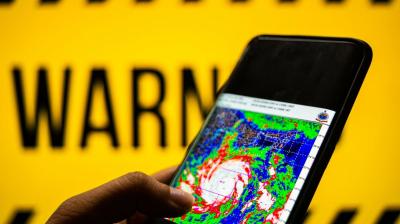Status of Multi-Hazard Early Warning Systems in the Least Developed Countries
The Doha Programme of Action for the Least Developed Countries for the decade 2022-2031 placed a high priority on addressing climate change and building resilience. It called for reinforcing the comprehensive multi-hazard early warning systems (MHEWS) and resilience-building measures for the least developed countries (LDCs). Furthermore, it mandated the UN Secretary-General to undertake a comprehensive study.
In response to this request, the United Nations Office of the High Representative for the LDCs, LLDCs and SIDS, in cooperation with UNDRR and WMO, prepared the Status of Multi-Hazard Early Warning Systems in the Least Developed Countries. The study was prepared drawing on available data, consultations with least developed countries and development partners, the full United Nations development system, as well as the institutions supporting the Secretary-General’s Early Warnings for All Initiative. It builds on the work and analysis carried out in the 2023 Report on the Global Status of MHEWS and follows the same broad methodology. A series of case studies provides real-world examples of how countries, institutions or organizations, and communities are designing, implementing and operating EWS and MHEWS.
About the Global Status of Multi-Hazard Early Warning Systems series
The impact of disasters continues to increase at a rapid rate, fuelled by the climate emergency. Multi-hazard early warning systems (MHEWS) are a proven measure to reduce disaster risk and adapt to a changing climate.




